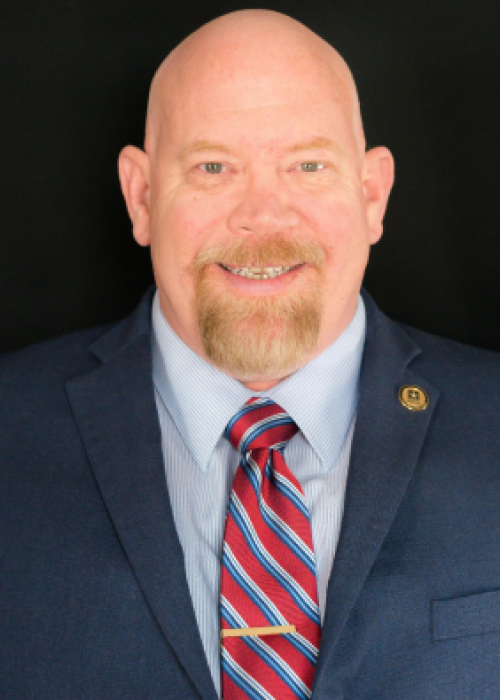Elevate Employee Engagement: Smart Strategies for Thriving Teams on a Budget
Employees crave meaningful experiences. But with limited time and budgets, how can companies build more purpose into the work experience? Fifteen minutes at a time, says Ben Sampson.Sampson is chief evangelist of social impact and employee engagement at WizeHive, which offers software platforms for managing scholarships and workplace giving, as well as immersive volunteer experiences via WeHero. At a From Day One’s webinar, Sampson spoke to the idea of how turnkey volunteering can increase employee engagement on a budget. Kelly Bourdet of Apparata Media interviewed.Coming from a volunteer background, Sampson knew how engaging it can be to help others. One thing led to another, and he eventually co-founded WeHero to help facilitate opportunities for employees to engage in volunteering experiences through their workplace. “We're constantly looking at what employees need,” he said. More and more, he’s learned that employees want to work for a company with purpose. They want to go to work and feel like it makes a good social impact. Some potential employees even ask about those opportunities during hiring. On the flip side, employees are also extremely conscious of their time. “How can we be time sensitive to get employees engaged in our companies, and give them a good experience of continuously engaging over and over again?” Sampson asked. In the past, companies would typically ask employees to go out and find their own volunteer opportunities, then spend time out of the office. While employees love giving back, putting the burden of doing all the legwork doesn’t fit within time constraints or even company budgets. The key, Sampson and his team have learned, is meeting the company and the employees where they are and giving back their most valuable resource: their time.Journalist Kelly Bourdet interviewed Ben Sampson of WizeHive during the From Day One webinar (photo by From Day One)Companies big or small, hybrid or in-office, local or global, all can better engage through impact experiences. Having WizeHive take care of the burden of logistics allows employees to enjoy the process of volunteering without a lot of extra time while maximizing their impact. “Bite size volunteer opportunities make a lot of impact,” Sampson said. “Maybe that's building a water filter for 15 minutes out of your workday, maybe that is answering a video call from someone that’s visually disabled that needs help finding the bus stop. Volunteering can be a great way for engaging employees in a low-cost mechanism.”At one company with an office and a warehouse, Sampson says the warehouse personnel generally didn’t have the time to participate in volunteer projects. So they set up a station where all employees could put together backpacks with supplies for kids during lunch or a break. Warehouse employees felt more included and engaged.“They even got to see the kids picking up the backpacks, so that was really special,” Sampson said. Even though the project took very little time and employees didn’t even need to leave the workplace to do it, the project still had a big impact on the community.One thing to focus on when rolling out opportunities is showing the clear path to impact. What will be the result of putting in their time? Virtual events are especially popular, Sampson says, as more people can participate in them and they fit most budgets. Sampson’s team can also help match people with specific skills to volunteer opportunities. Doing transcription work for the Smithsonian or Ancestry are just two examples of something people can do that have a clear path of impact—saving pieces of history and helping people connect with ancestors. Leadership buy-in is crucial for success, Sampson says. Companies where leadership is engaged and participating in impact projects correlate highly with employee participation and engagement as well. Mercedes is one company where the CEO works alongside employees during their volunteer experiences, connecting employees with leadership and allowing them to see each other outside the typical work setting.But sometimes getting that leadership buy-in can be challenging. “What is something the HR side can use to argue for the value?” Bourdet asked Sampson.To understand what’s most important to that leader, likely profitability for the company, then offering metrics or other reasons why volunteerism is the answer. If that leader is focused on employee retention, Sampson has a metric for that. “What are the costs of employee turnover? For a lot of businesses that we work with, it’s millions of dollars.” So, if employee engagement improves through these impact projects, it could save the company money. For one company they were working with, Sampson predicted a $26 million savings over 12 months, if done effectively. “There is so much positive emotion when people volunteer.” One employee who was able to volunteer for the first time told Sampson, “It’s cool that my employer has given me the opportunity to do this.” Now that’s employee engagement. Editor’s note: From Day One thanks our partner, WizeHive, for sponsoring this webinar.Carrie Snider is a Phoenix-based journalist and marketing copywriter.





